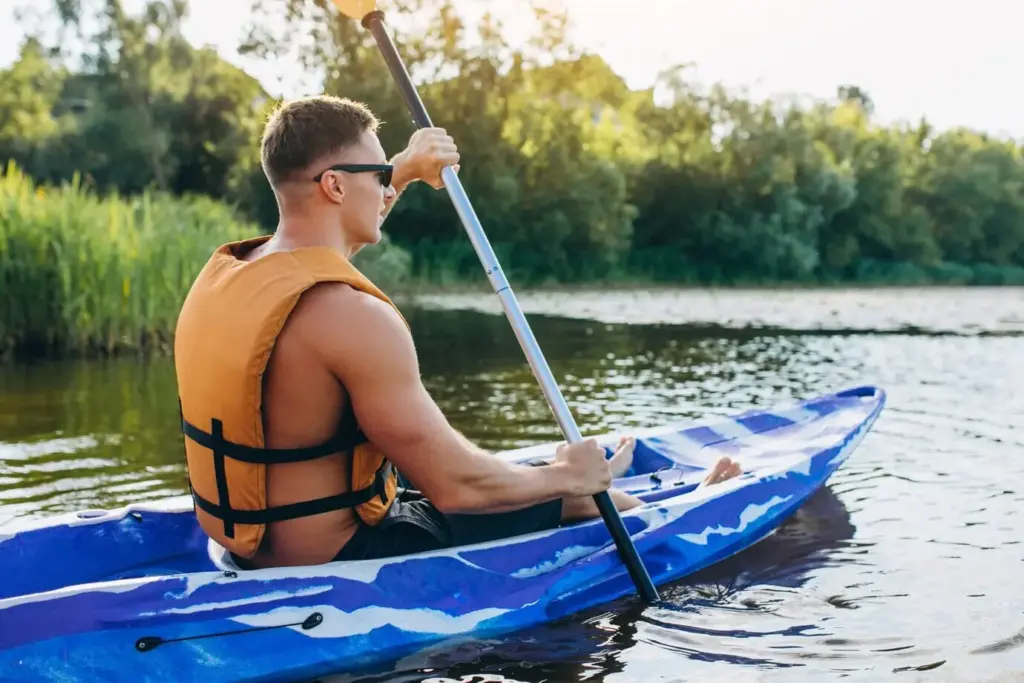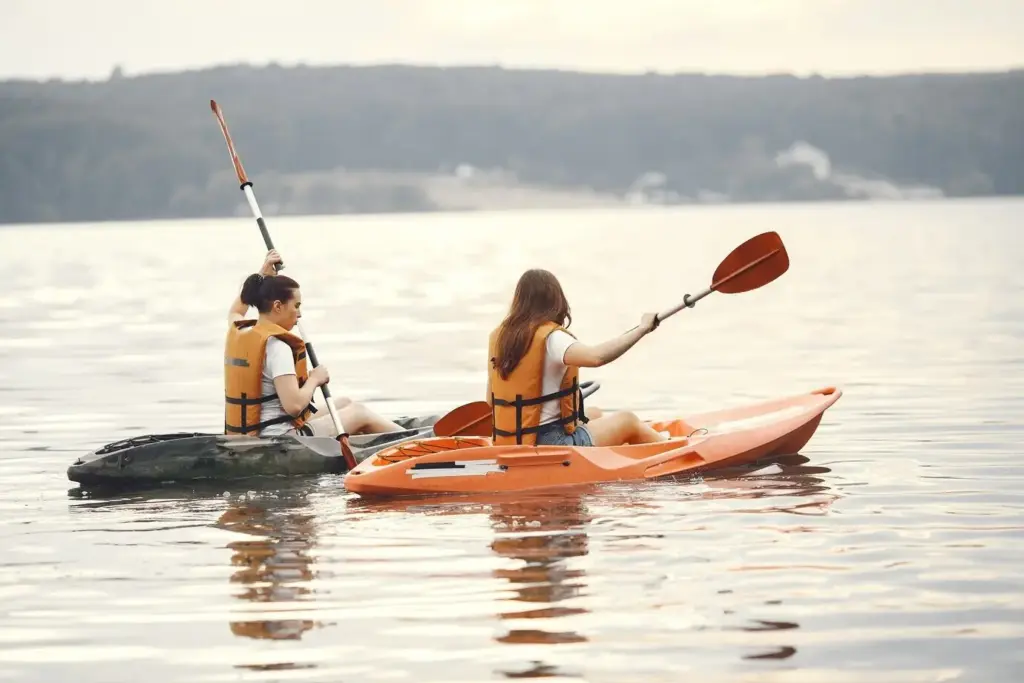Paddle Safer, Return Stronger
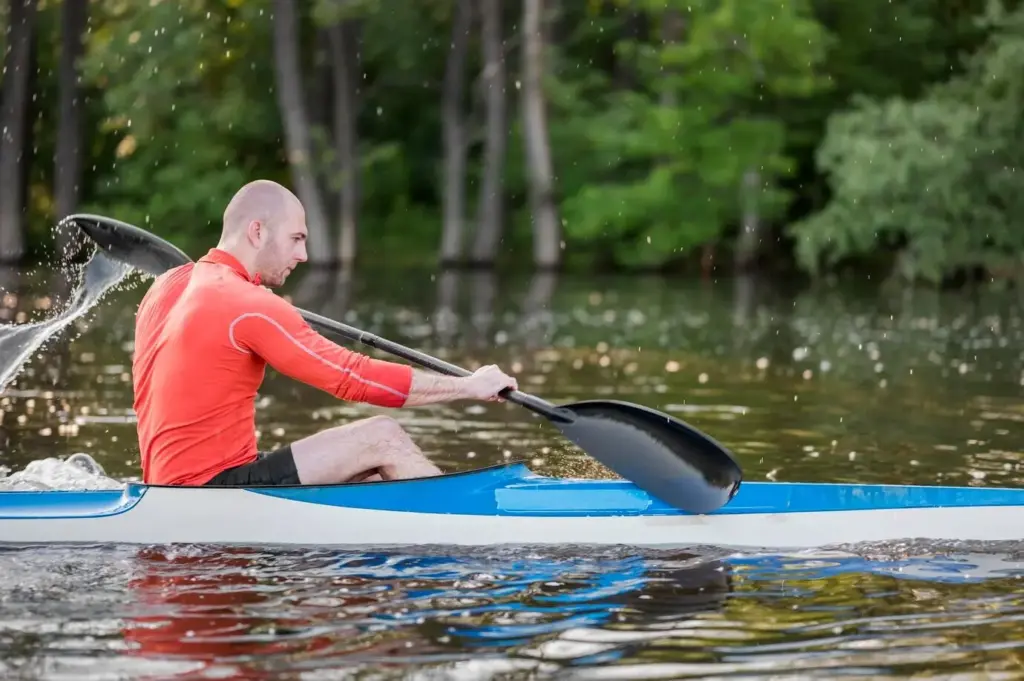
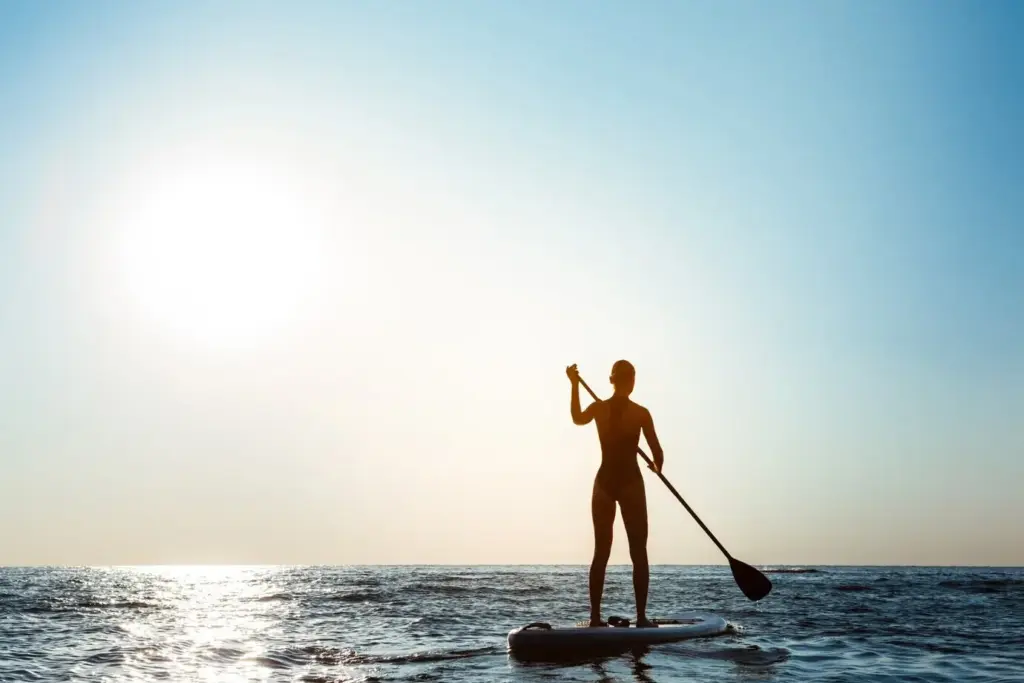
Reading Water, Reading Yourself
Gear That Saves Lives, Not Just Space

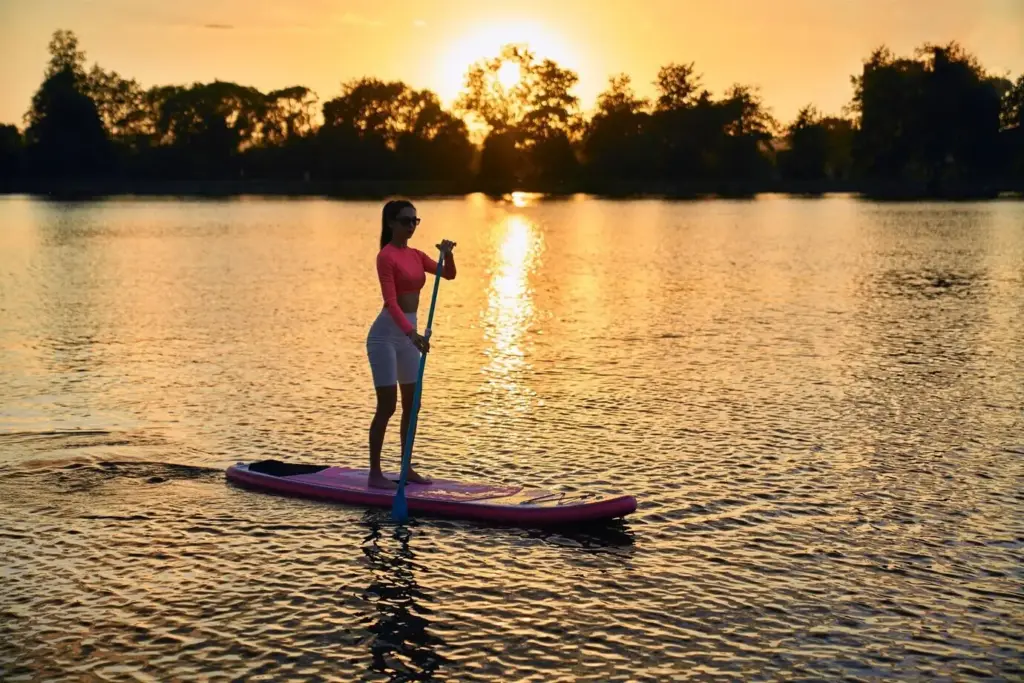
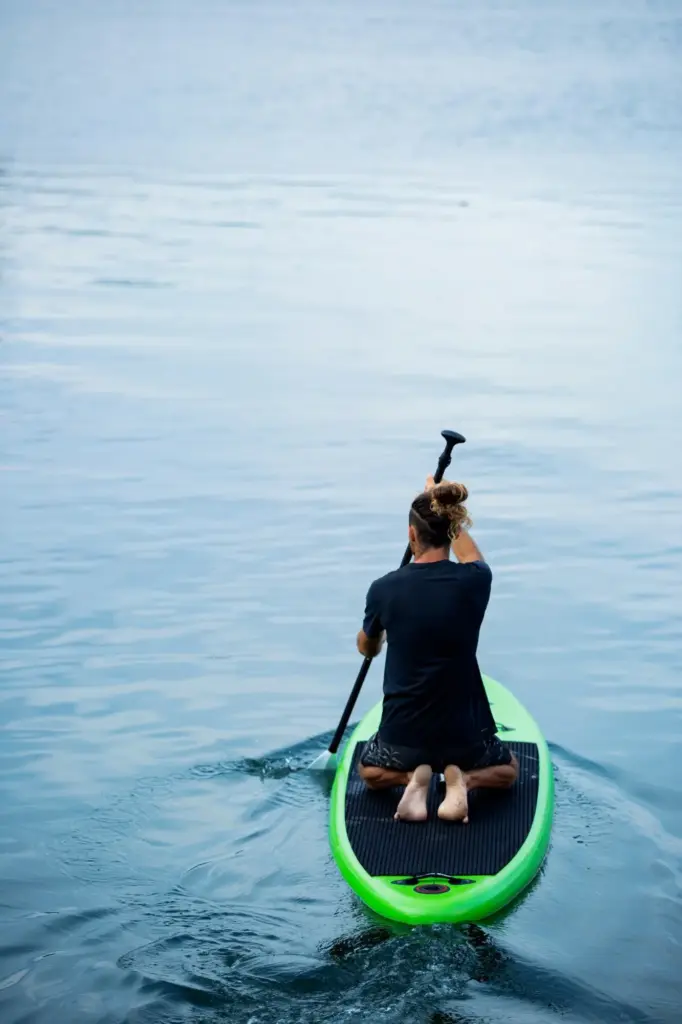
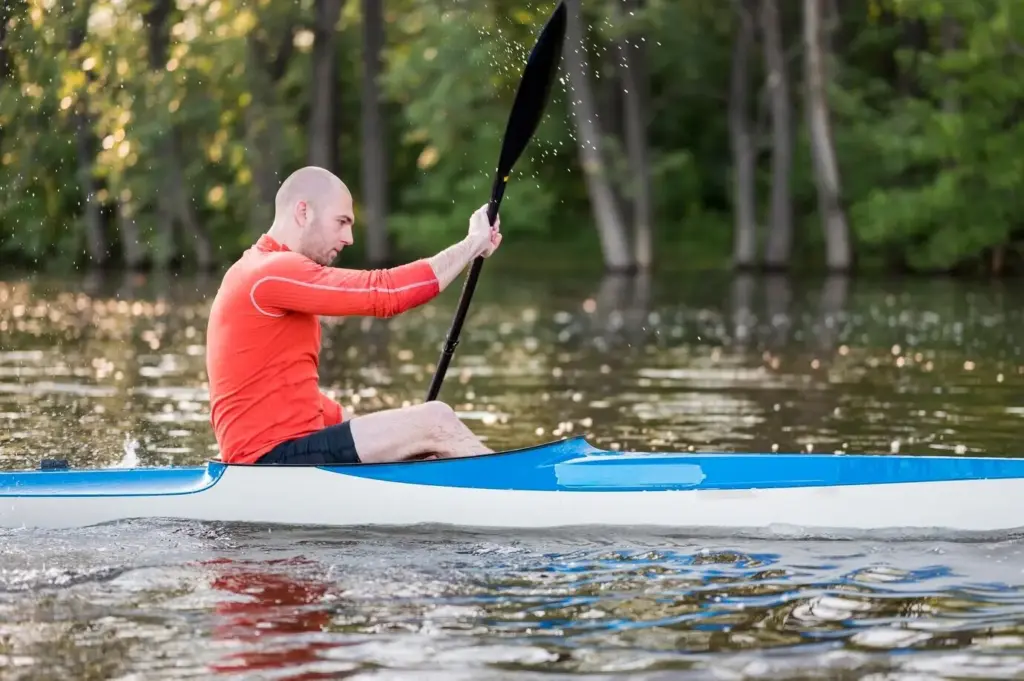
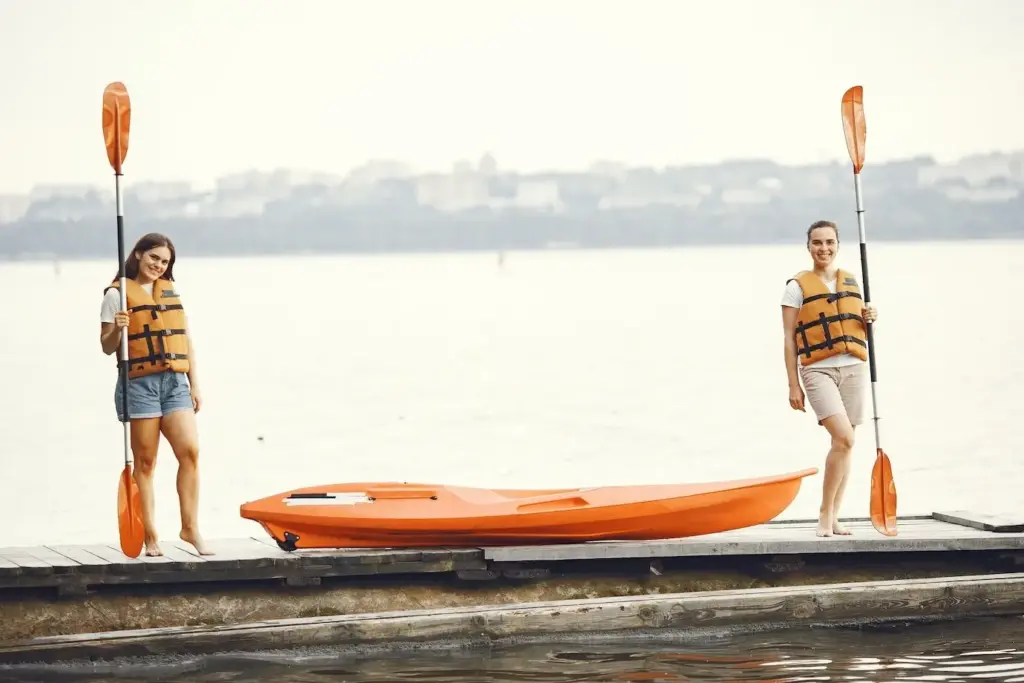
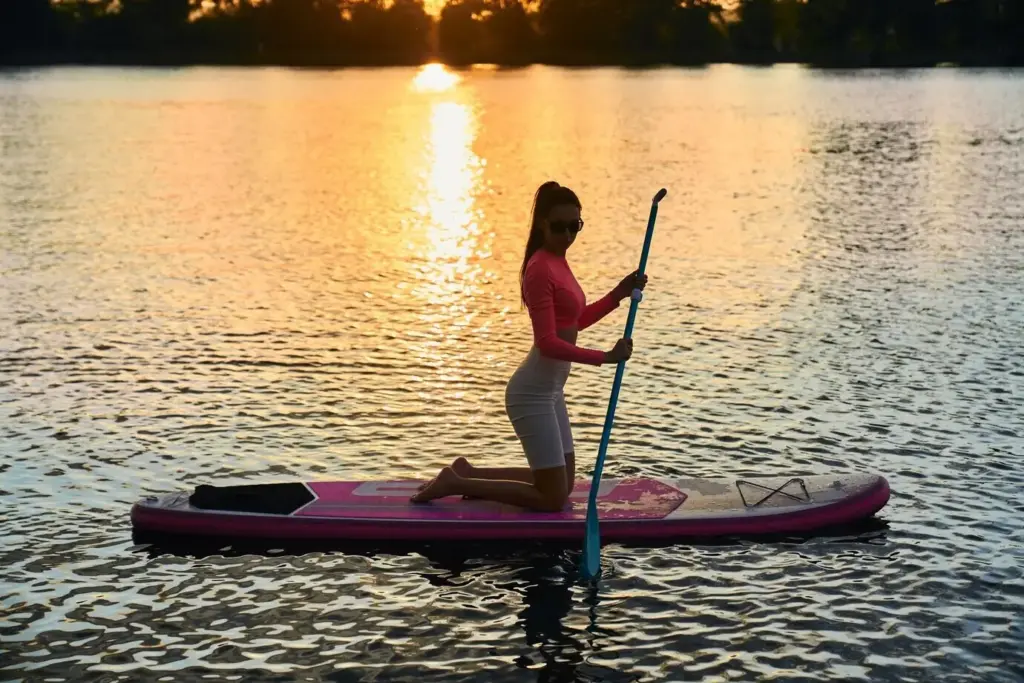
Capsize Control and Smart Swimming
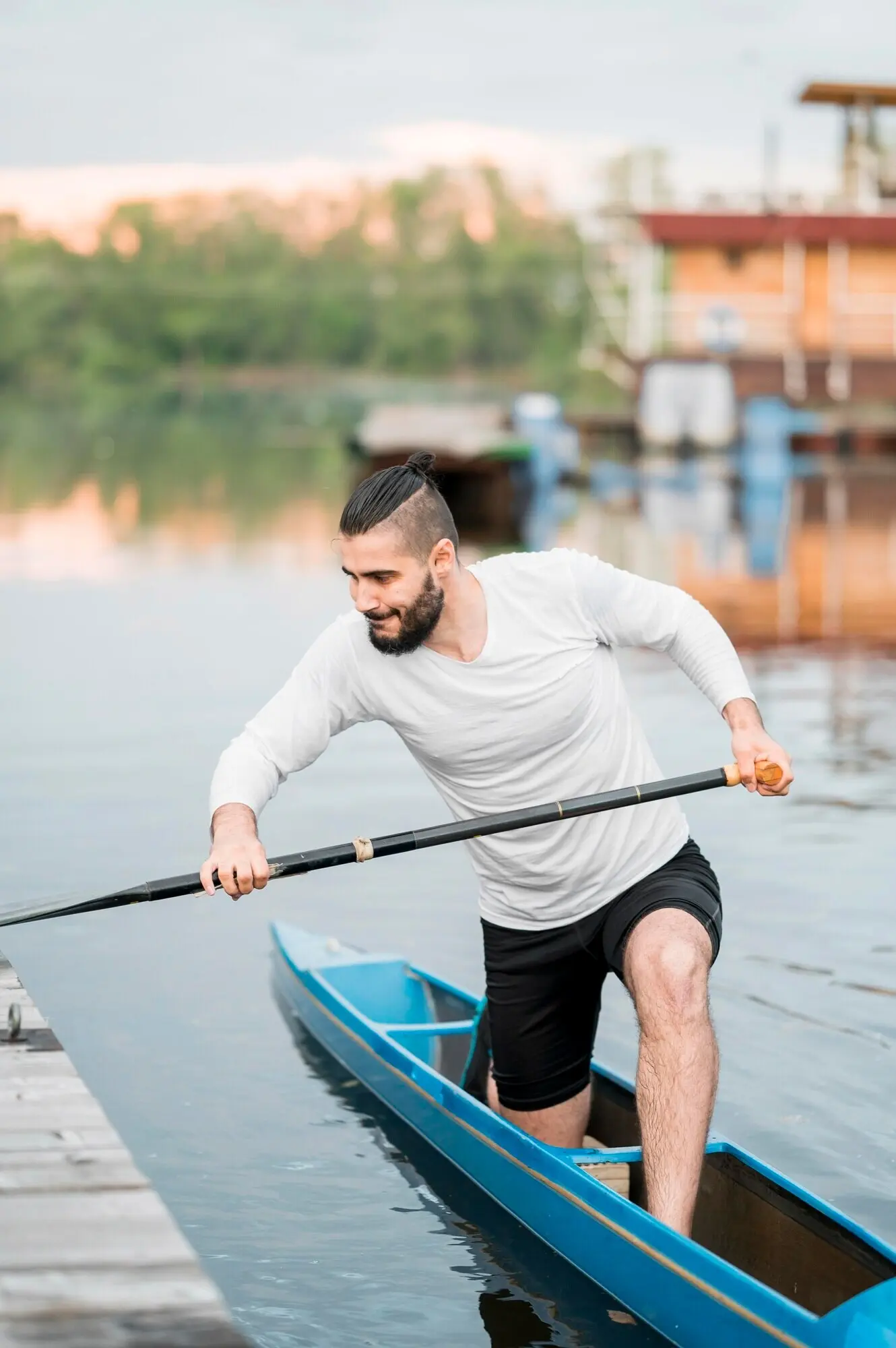
Defensive Swimming and Ferry Angles in Current
On rivers, float on your back with toes up, hips high, and eyes scanning downstream for hazards and eddy opportunities. Angle your body to ferry into calmer water without fighting the full force. When ready to sprint, roll into a strong forward swim, protecting legs. Avoid standing in fast, shallow current. Use eddy lines deliberately, crossing with momentum. Practice these transitions until your reactions become graceful instead of frantic under pressure.
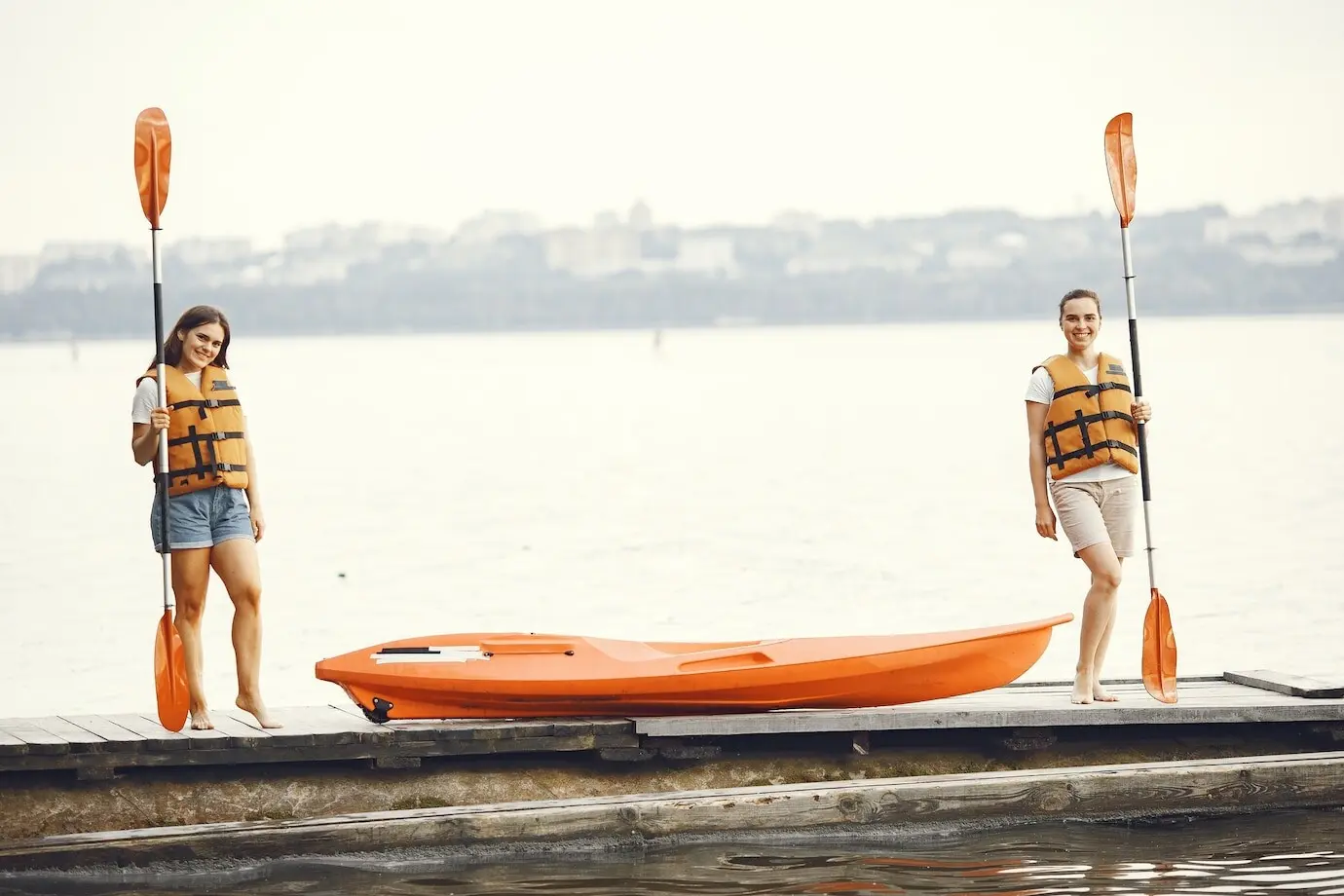
Reuniting with Craft, Paddle, and Partners Quickly
Your craft is flotation and visibility. If conditions allow, prioritize grabbing a handle, deck line, or leash. Keep the paddle with you whenever possible; it is your engine for escape. Signal partners early with clear gestures and loud, short calls. Approach from the calmer side of wind or current, reducing collisions. If separation grows, choose safety over property, then regroup at pre-agreed landmarks. Prepared teams reach each other faster with fewer words.
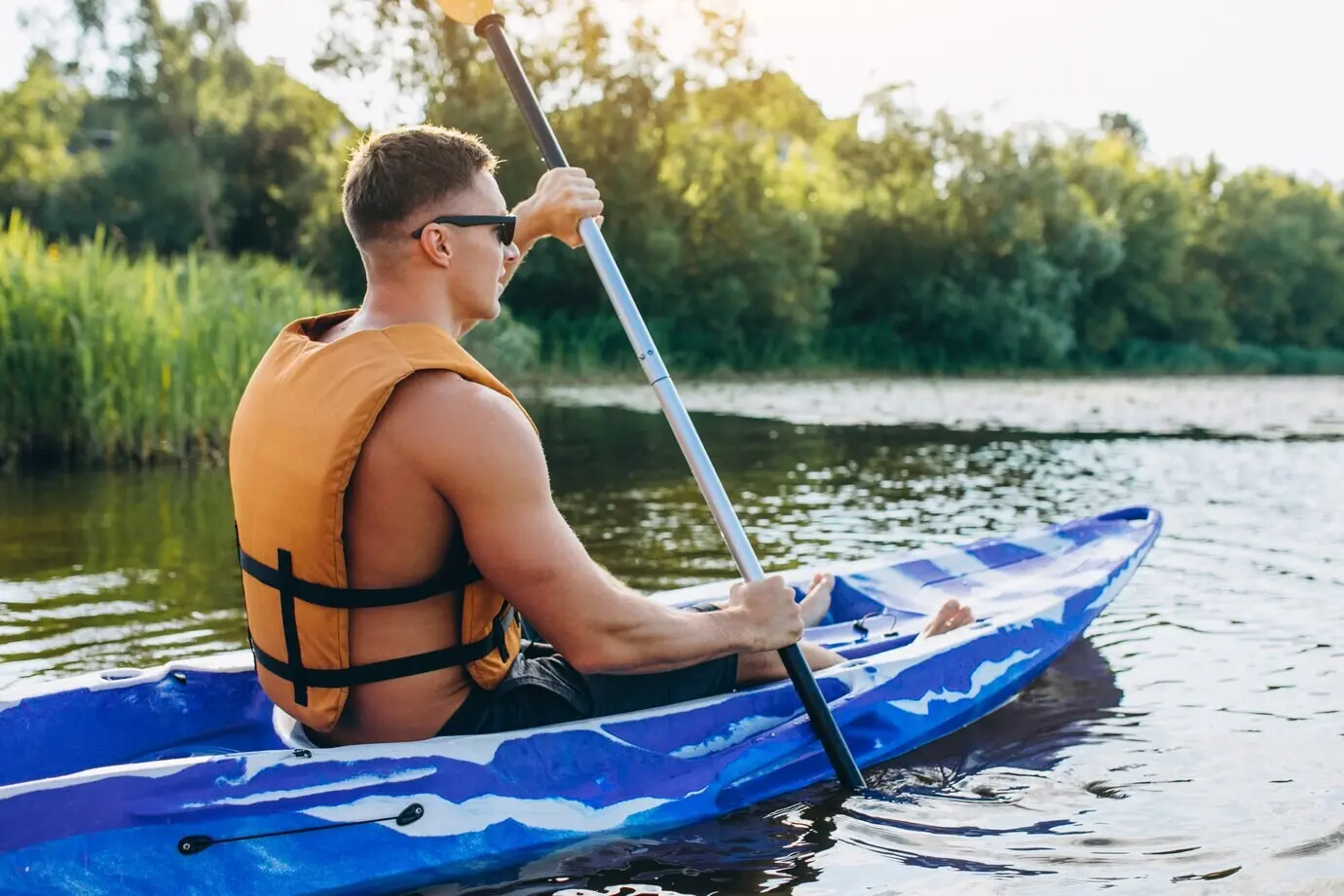
Cold Shock, Hypothermia, and Rewarming Basics
Cold water steals breath and judgment. Expect an involuntary gasp within the first minute, shaking within ten, and declining coordination soon after. Dress for immersion, not the air. After recovery, change into dry layers, shelter from wind, sip warm sweet drinks if awake, and avoid rapid external heating on numb limbs. Assign a buddy to monitor for the afterdrop dip. Rehearse these steps so they unfold smoothly when hands barely work.
Hazards, Navigation, and Judgment

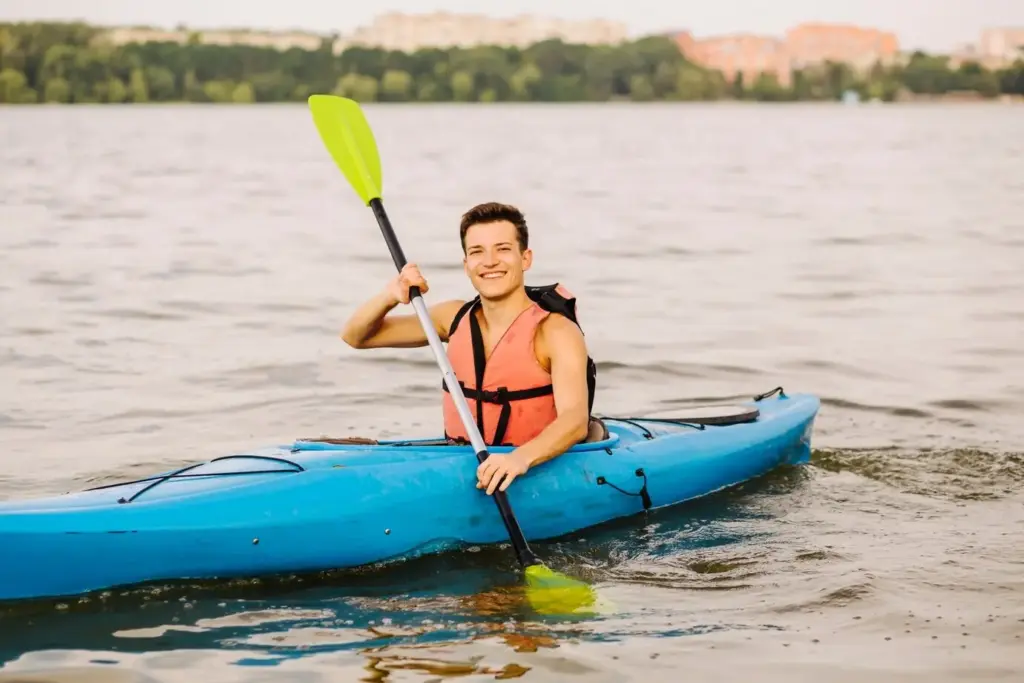


Training Plans, Mindset, and Community
Deliberate Drills That Stick
Decision-Making Under Stress
Clubs, Mentors, and Sharing Incident Lessons
All Rights Reserved.
